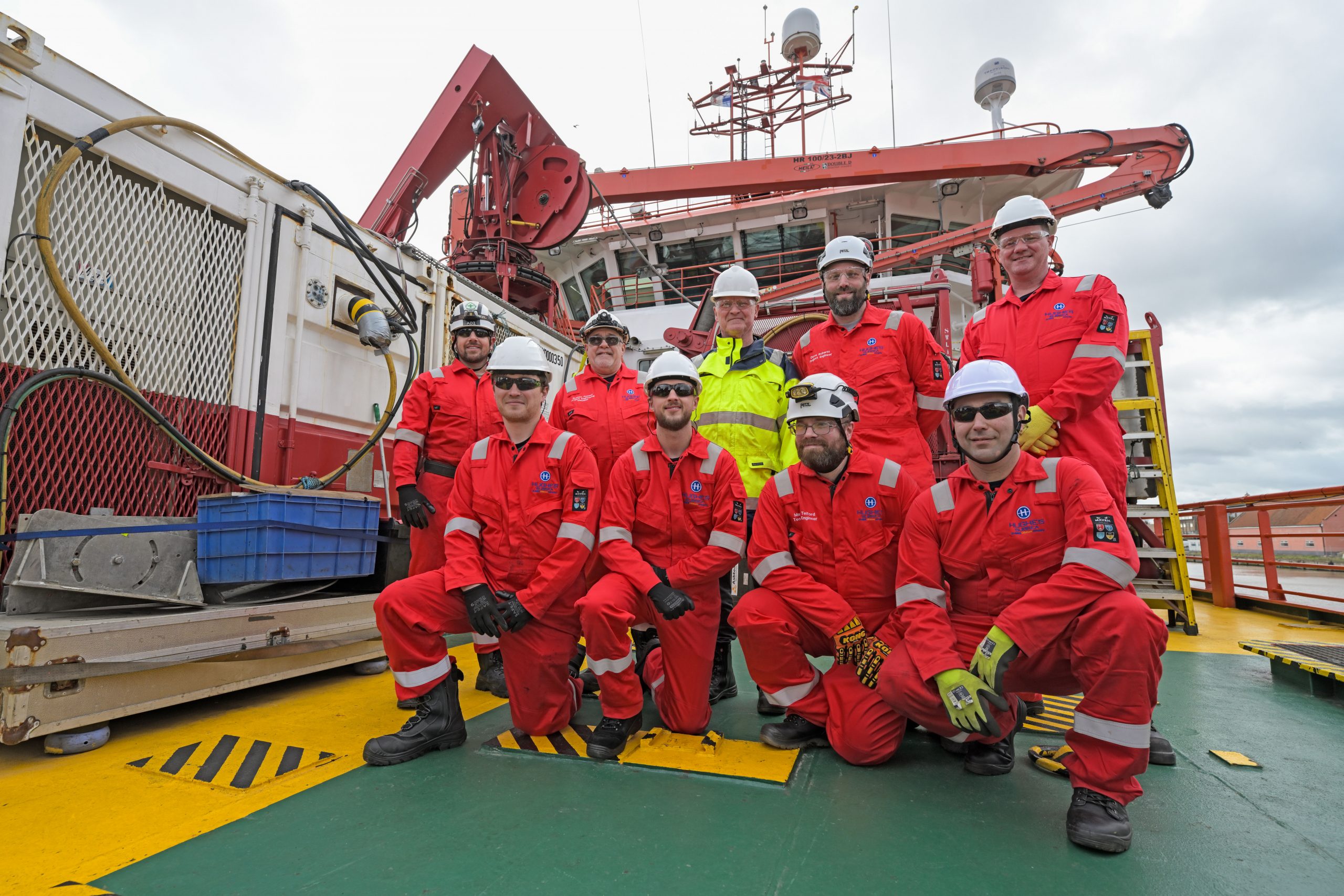Making safe unexploded World War II mines lingering under the North Sea across an imminent wind farm plot is the business of specialist contractors Hughes Subsea.
The company, a division of OEG Energy Group, has won a six-month contract from developer Scottish Power Renewables to locate and eliminate wartime whoopsies littering seabed soon to be occupied by the developers’ East Anglia 3 project.
Working from the 66-metre vessel Glomar Wave, Hughes Subsea’s team is tasked to hunt down and eliminate unexploded ordinance littering the 300 square kilometre seabed of the proposed park.
With its subsea robots and its highly trained, very careful divers, Hughes will find, investigate and dispose of remaining mines laid eighty years ago to defend England’s coast. Still active bombs jettisoned by the Luftwaffe or by US & RAF planes returning to East Anglian airfields will also be on the professionals’ hit list.
Maritime archaeologists are enlisted to handle historic findings. Marine mammal observers will support the monitoring of wildlife, including seals.
Located 70 kilometres off Great Yarmouth, East Anglia 3 will when complete comprise as many as 100 turbines towering 260 metres above the North Sea. Nearly 150 kilometres of cables will link the finished venture’s structures and a marine converter station.
The venture has a rated capacity of 1.4GW, capable of making clean electricity for more than a million homes.
Hughes Subsea boss Mike Bailey explained his firm and OEGR are leaders in the highly specialist field of surveying, identifying and responsibly clearing confirmed UXOs.
“We are very much looking forward to working with ScottishPower Renewables on EA3”, Bailey added.
“As a responsible developer, safety is our number one concern”, responded Matt Wooltorton, construction manager for East Anglia THREE.
“Our priority is to minimise the potential impact of any unexploded ordnance on both the seabed and sealife around our windfarm while we deliver more clean energy to the grid.”
Foundation laying for East Anglia 3 could start later this year. Public engagement on the project began in November 2012, and it was consented in 2017.




